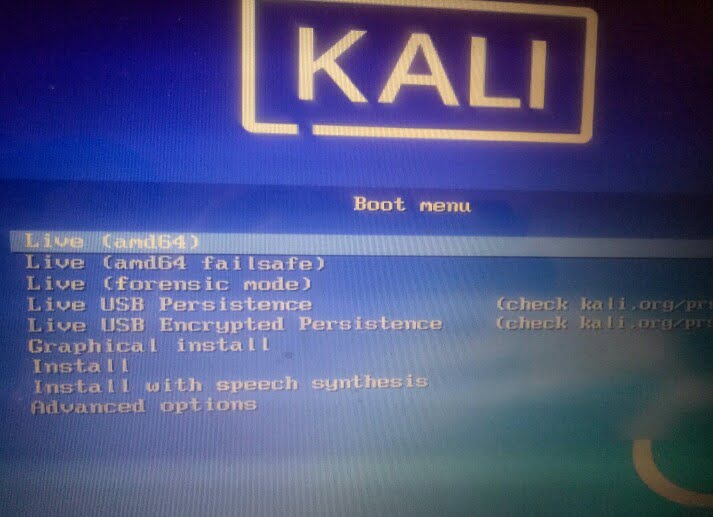
Note: you must name it exactly as persistence (all lower case letters). We will use all the available space for the size of the new partition and then name it “ persistence” for the Label field. Rick-click the unallocated space and choose New to create a Primary Partition with ext4 as the File system. Next, we will create another partition as a persistence partition, which will store settings and files between reboots. We can safely set the size of the partition to be 4 GB (=4096 MB), then choose either fat32 or ext4 as the File system and give Kali_Live as the name of the Label, then click Add to finish. We will first create a primary partition and install Kali Linux Live on it. My computer has two hard drives (dev/hda and dev/hdb), therefore, my USB drive is labeled as “dev/hdc”.

In Ubuntu, your hard drives and USB drives will be labeled as “dev/hdx”, where “x” can be “a”, “b”, “c”, and so on, with hard drives being listed first, followed by your USB drives. It usually is labeled as dev/sdb or dev/sdc. Choose your USB drive from the drop-down list in GParted. Make sure the USB drive is inserted into your computer and then run GParted in Ubuntu. In Ubuntu, you can run the following commands in your terminal window to install GParted: sudo apt update If for some reason the tool is not in your distribution, you can easily install it. The tool we are going to use to create partitions in Ubuntu is called GParted, which is free and available to almost all major Linux distributions. We need to create two partitions in the USB drive: one for the installation of Kali Linux and the other for storing persistent data. Prepare the USB driveīefore we can install Kali Linux on the USB drive, we first need to prepare it in a particular way.

Preparationīefore we start, make sure you have the following items ready: In this post, I will show you how to create a bootable Kali Linux Live USB in Ubuntu 20.04 LTS and then configure a persistent partition so files and settings can be retained between reboots.


 0 kommentar(er)
0 kommentar(er)
